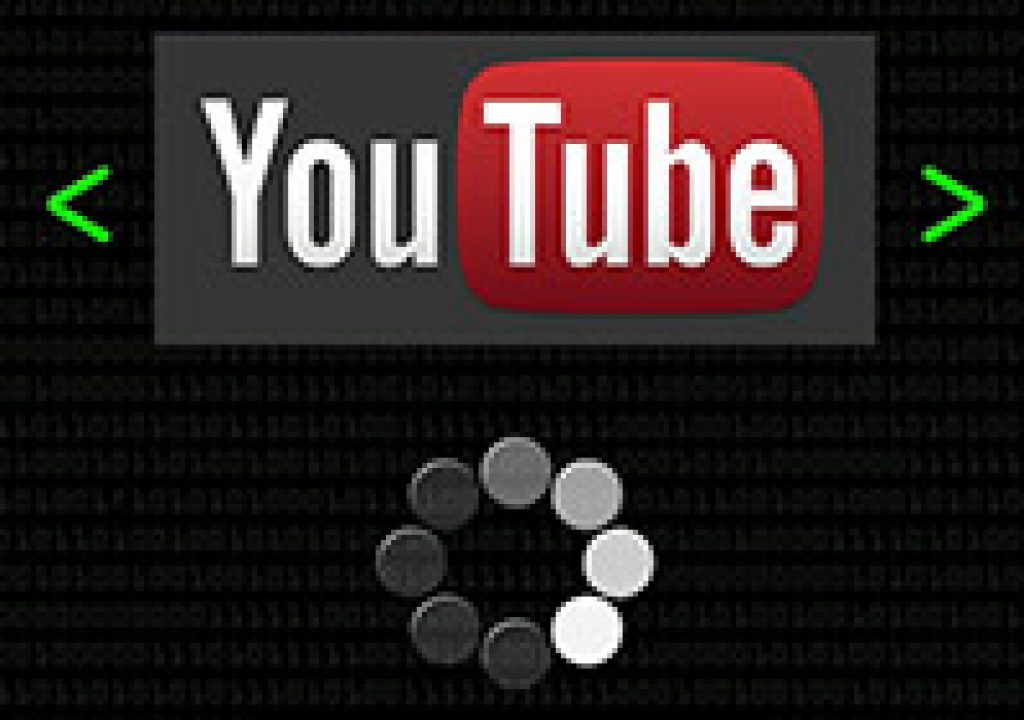Though not long ago, it's hard to remember the era when RealMedia was the platform agnostic choice between Apple QuickTime and Windows AVI/WMV. Those formats lost relevance for delivery with the introduction of Flash Video in 2002-2003, which didn't require installation of media architecture software, since Flash existed in every web browser.
Undaunted by previous billion-dollar boondoggles, and instead of narrowcasting their private lives, the creators of YouTube launched an open resource when DSL made mass downloading viable. Still, there are several undocumented mysteries about how YouTube works, and finally here's a good basic video, How YouTube Works by Computerphile, which asks YouTube reps about playback. Let's not even think if The Current YouTube Economy Is In Peril.
The Google Video Quality Report, which started roll out in 2014, is also a brief outline of how YouTube works. It features a report for your area, verifying if you're HD-verified, and a Video playback checklist as support.
Here's some info on How YouTube Works (via Gizmodo). It's amazing how it fits on one page! Later Computerphile added YouTube's Secret Algorithm:
Further on, Welcome To Youtube! is sorta funny, but the pearly whites are too biting, and they give away the secrets to this blog.
More interesting in a narrower way is Wikipedia on YT quality tags, as well as Why do YouTube views freeze at 301? by Numberphile:
Also, here's YouTube Comment Reconstruction #1 by Dead Parrot. It's slightly derivative but still unexpected and funny. It's hard to see yet what effects the new YT comments system will have.
In a sense, Flash was too slick for it's own good — it might have diverted business from the App Store, which could never be allowed to happen. But it would have been nice to own utube.com, which earned $1.65 billion out of dumb luck.
By the way, there's also a Time-Warner infographic on how YouTube works:

